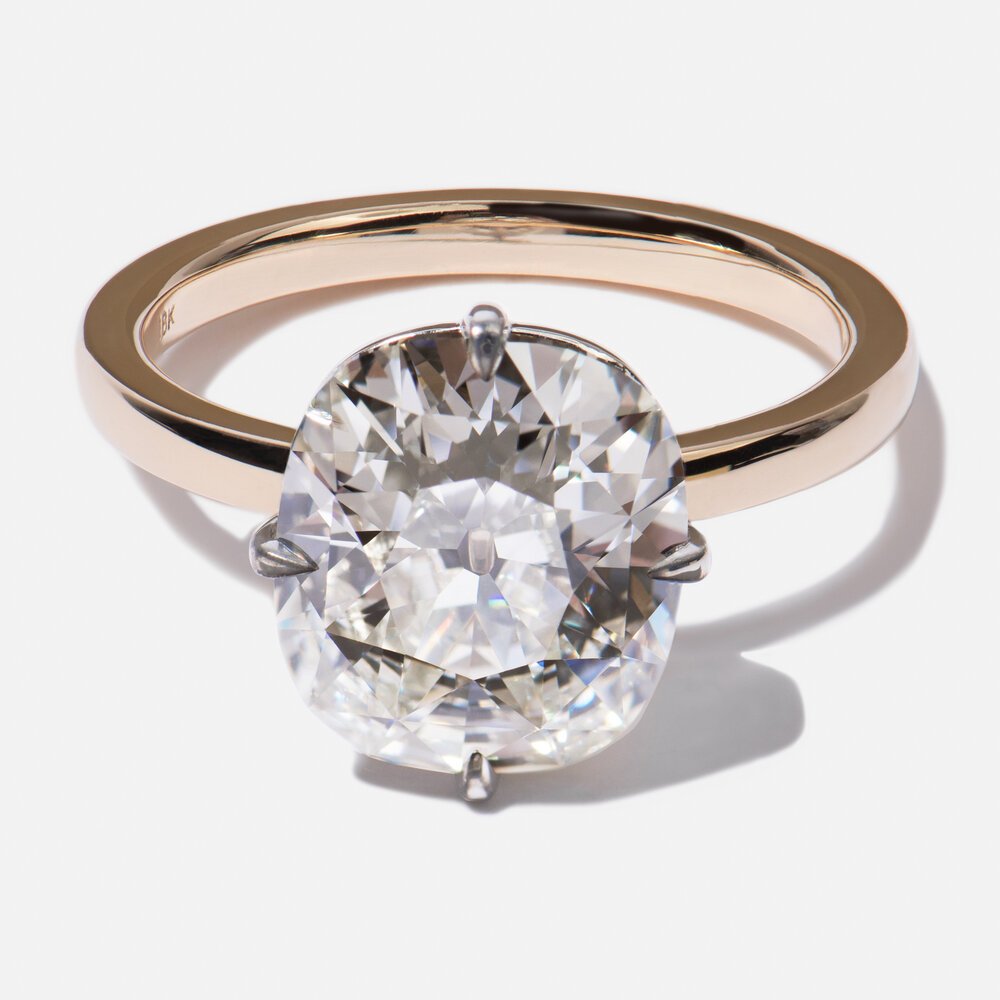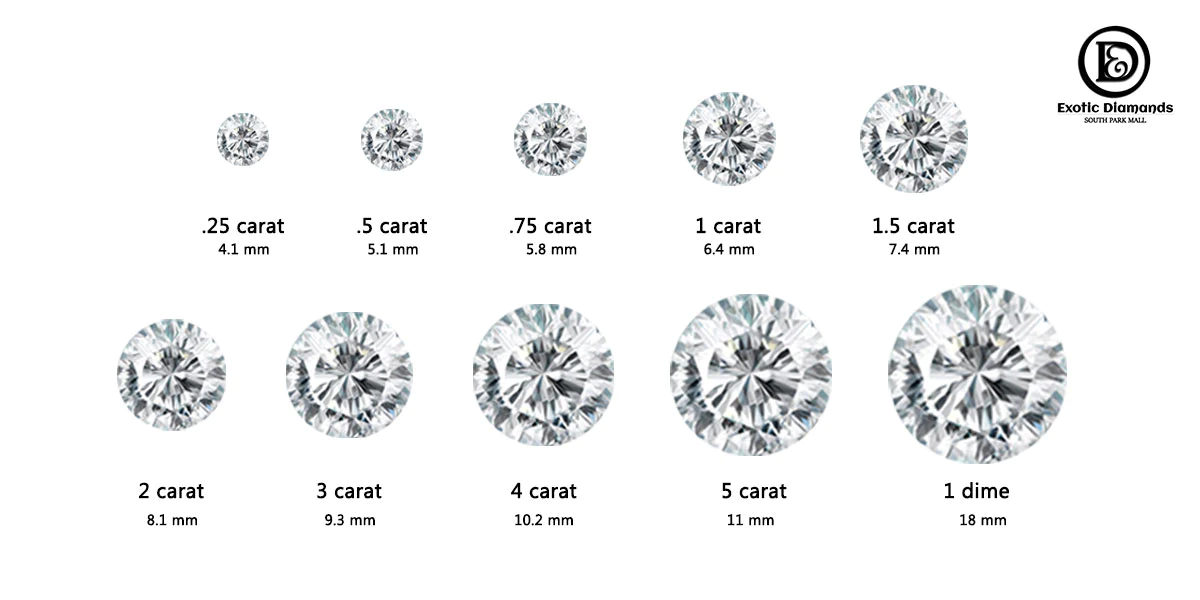A Closer Look at Diamond Grading: Understanding the 4 Cs
Diamonds have captivated hearts for centuries with their unmatched beauty and sparkle. But what exactly sets one diamond apart from another? The answer lies in the meticulous science of diamond grading. This process, often known as the "4 Cs," is a scientific blueprint of a diamond's quality characteristics. It helps you compare diamonds when shopping, ensuring you acquire a stone that meets industry standards and protects buyers from overpaying.
What Are the 4 Cs?
The concept of the 4 Cs — Cut, Color, Clarity, and Carat Weight — has been a game-changer in the diamond industry. These universally recognized attributes help define a diamond's quality and value.
The idea of the 4 Cs was first introduced in the early 20th century by Robert M. Shipley, who aimed to professionalize the American jewelry industry. Shipley's legacy includes founding the Gemological Institute of America (GIA) and establishing the American Gem Society (AGS), an organization Windsor Jewelers is a proud member of. He standardized diamond value terms to color, clarity, cut, and carat weight, creating the 4 Cs.
Diamonds are unique gems, meaning no two are exactly alike. Given their complexity, the 4Cs play a critical role in setting universal standards to compare diamonds to one another and help set market rates based on these characteristics and modern demand.
The First C: Cut
The Cut is often considered the most important of the 4 Cs because it directly influences a diamond's brilliance. Cut refers to a diamond's proportions and technical details, impacting its ability to reflect light. A well-cut diamond will exhibit the highest level of fire and brilliance. The various types of diamond cuts, from excellent to poor, are meticulously evaluated before receiving their grade.
Cut Factors
Evaluating the cut of a diamond involves assessing its proportions, symmetry, brilliance, fire, and scintillation. A diamond with a better cut is determined to have a higher quality and price tag.
Proportions: This is the first step in determining a cut grade. Factors analyzed here include a diamond’s table (the top, flat surface facet of the diamond), width, and depth. Cut proportions determine the stone’s brilliance through its ability to reflect light. If the cut is too deep or too shallow, the diamond’s brilliance will be poor.
Symmetry: How symmetrical a diamond’s cuts are on its mirrors, windows, and steps will determine how it will refract and reflect light.
Brilliance: Brilliance refers to the “brightness of white light reflection.”
Fire: This factor evaluates the amount of colored light that reflects off the table and facets.
Scintillation: The sparkles or scattering of light produced when light hits a diamond’s table and facets.
Diamond Cut Grades
When choosing a diamond, remember the common cut grades, such as Excellent, Very Good, Good, Fair, and Poor, each with distinct characteristics:
Ideal/Excellent: The highest level of fire and brilliance
Very Good: Exceptional brilliance and fire
Good: A lower price point but still provides brilliance and sparkle to the naked eye
Fair: Not a lot of brilliance
Poor: Nearly no brilliance, fire, or sparkle
The Second C: Color
The Color grade of a diamond refers to how colorless it is on the diamond color scale, ranging from D (colorless) to Z (light yellow or brown). Factors affecting diamond color include the presence of nitrogen or other elements during the diamond's formation. A D-graded diamond is completely colorless, making it of the highest possible color grade.
The Third C: Clarity
Clarity measures the visual appearance of inclusions (internal) and blemishes (on the surface) in a diamond. Inclusions are features like feathers, cavities, or crystals, while blemishes describe polish lines and abrasions. Inclusions and blemishes impact the value, not the durability, of a diamond.
The diamond clarity scale ranges from FL (flawless) to I3 (imperfect), and each grade indicates the degree of inclusions or blemishes. Factors that determine a diamond’s clarity include the color, size, position, number, and type of inclusion and/or blemish. When selecting a diamond, it's essential to strike a balance between clarity and your budget. One way to stretch a budget further, is to look for an “eye clean” diamond that has no noticeable inclusions or blemishes when looked at with the naked eye. Diamonds are graded under 40x magnifying glasses, meaning many stones are graded for imperfections not otherwise noticeable.
The Fourth C: Carat Weight
Carat Weight refers to the weight of a diamond, with a metric carat measured as 200 milligrams. The visual impact of carat weight is substantial, but it also significantly influences the diamond's value. A higher-carat diamond is typically more expensive, provided all other Cs fulfill the standards for good quality. When choosing your next diamond’s carat weight, consider the size of the finger and the ring setting to make an informed decision that fits your preferences and budget.
How the 4 Cs Interact
The 4 Cs don't exist in isolation; they interact in a symbiotic relationship. Understanding the interplay of the 4 Cs in evaluating a diamond is akin to uncovering the secret harmony of a precious gem. Each C, be it Cut, Color, Clarity, or Carat Weight, dances with the others in a delicate yet powerful way.
Let's take, for instance, the Cut of a diamond. A lower cut grade can make a diamond look smaller, not because of its actual carat weight but because of how light interacts with it. The proportions of the facets significantly affect how much light the diamond reflects, creating an illusion of size.
In the world of diamonds, the grading of the 4 Cs provides buyers with transparency and measurable standards. It's crucial to find the right balance that matches your budget and aesthetic, and to know which of the 4 Cs you’re willing to compromise on.
Beyond the 4 Cs: Additional Considerations
In addition to the 4 Cs, other factors like fluorescence and symmetry can affect a diamond's beauty. Ethical considerations are also vital, and Windsor Jewelers is committed to disclosing and educating individuals about diamonds and the importance of the 4 C standard. Certification from organizations such as the GIA or buying from reputable sellers who are members of AGS can further enhance your confidence when purchasing diamonds.
It’s important to note that antique diamonds were cut with a different world in mind. The market didn’t demand bright white, ultra sparkly diamonds at the time because diamonds were worn at night in candle light. This called for maximizing the size of the stone (carat weight) instead of cutting with a whiter color in mind. Additionally, antique diamonds were cut by hand so the larger facets are representative of the level of technology available at that time. So while contemporary diamonds are cut to be bright and white in the daytime with modern electricity, their antique counterparts played by a completely different set of rules. This is why you’ll often see larger, warmer diamonds with chunkier facets in antique engagement rings and antique jewelry.
At the end of the day you have to remember you’re buying a gemstone that took our earth millions of years to create. You are wearing a piece of history with its own set of unique characteristics, and although GIA or similar certificates can help guide you in your diamond buying or diamond selling journey, don’t forget to put value on what you see in front of you! You’re buying a gemstone and not a piece of paper. If it’s beautiful and you’re drawn to it, that’s what matters most.
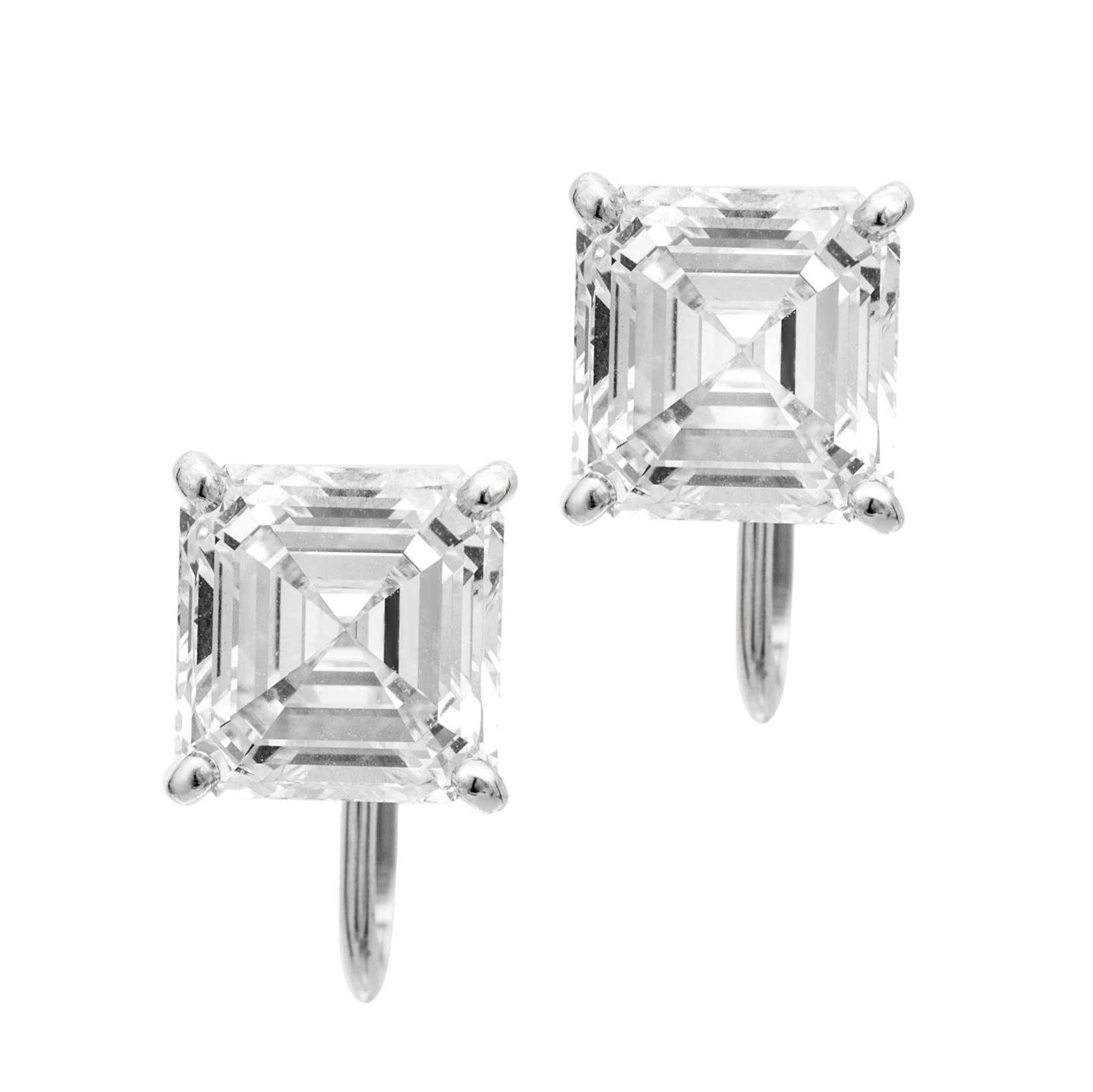
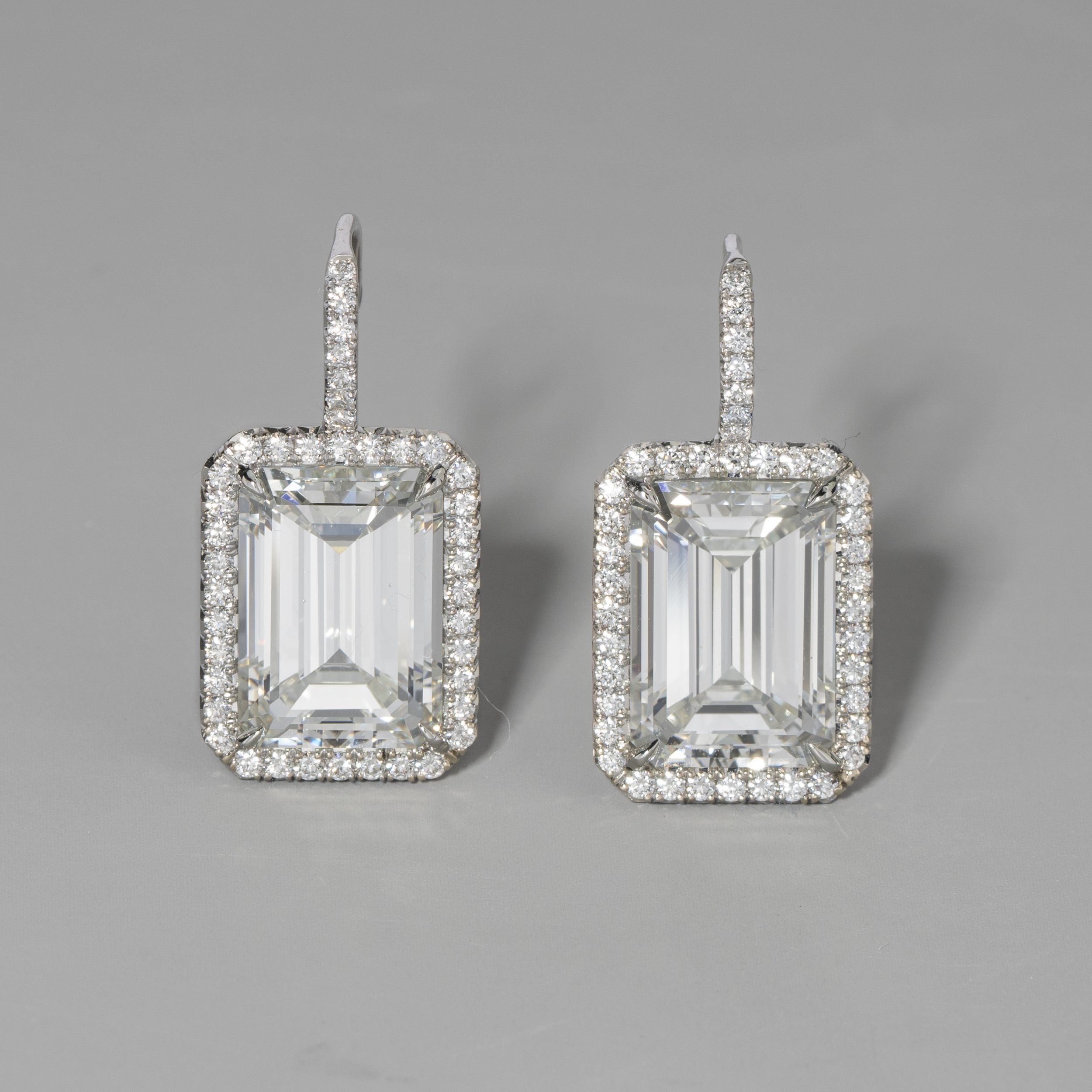
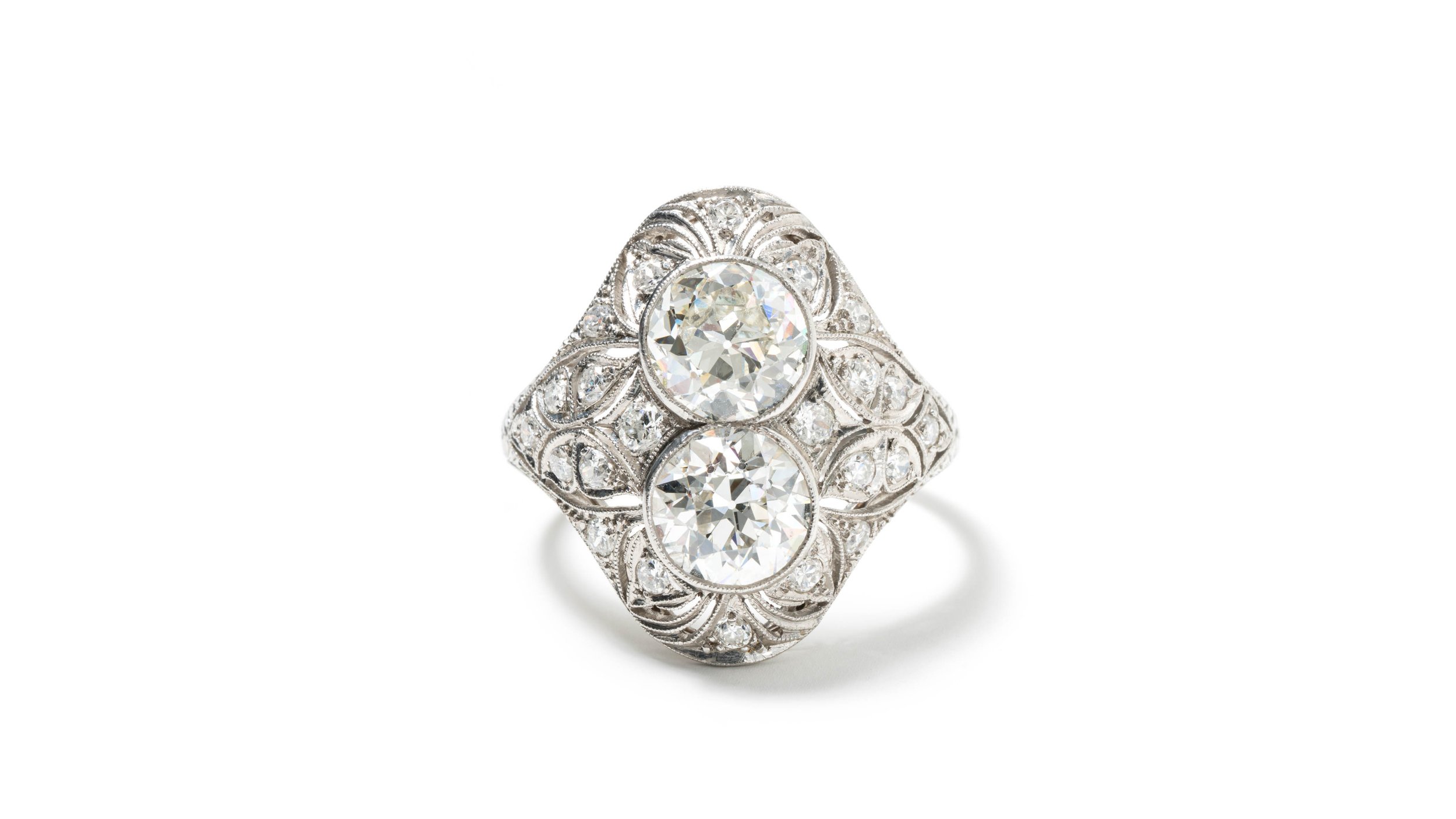

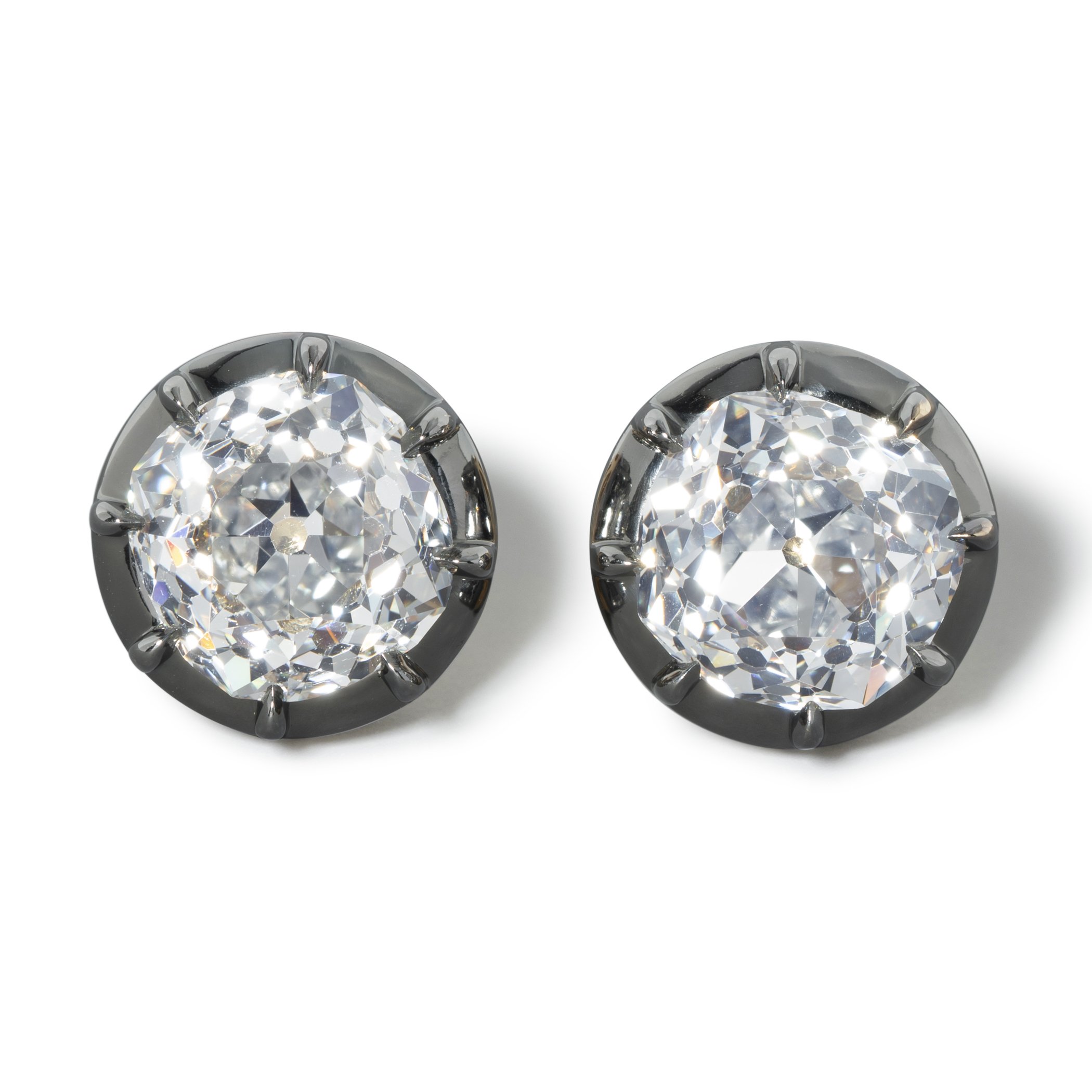
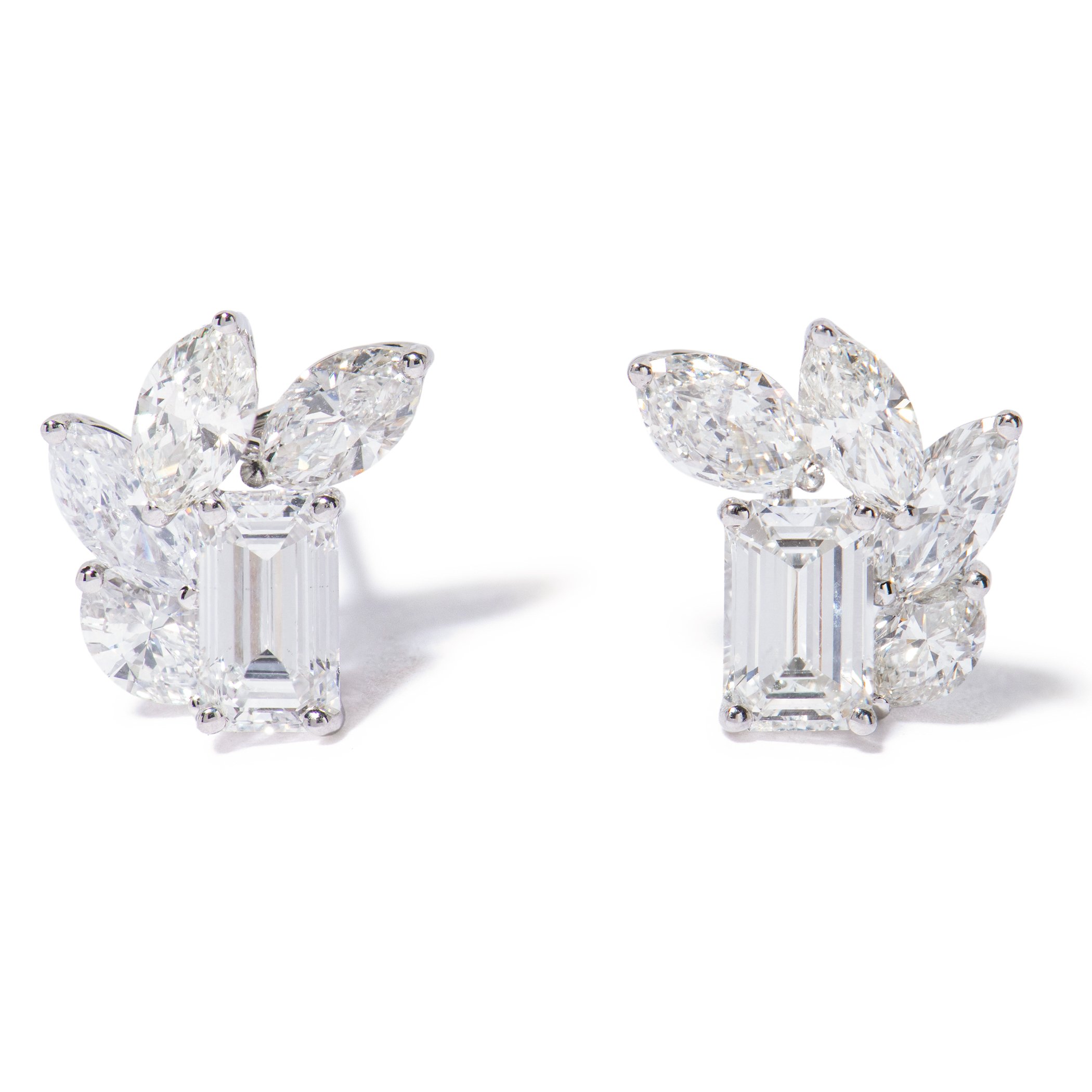
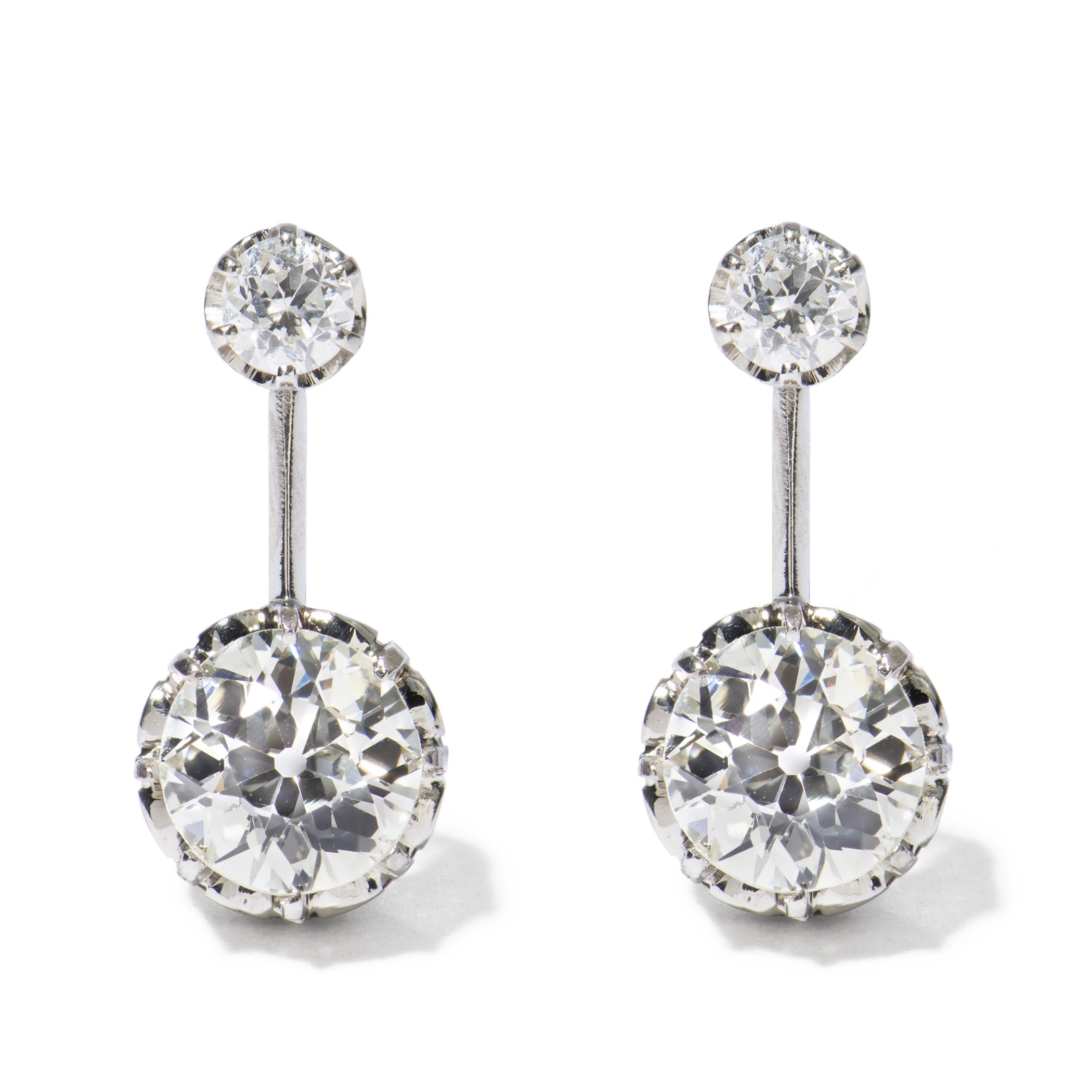
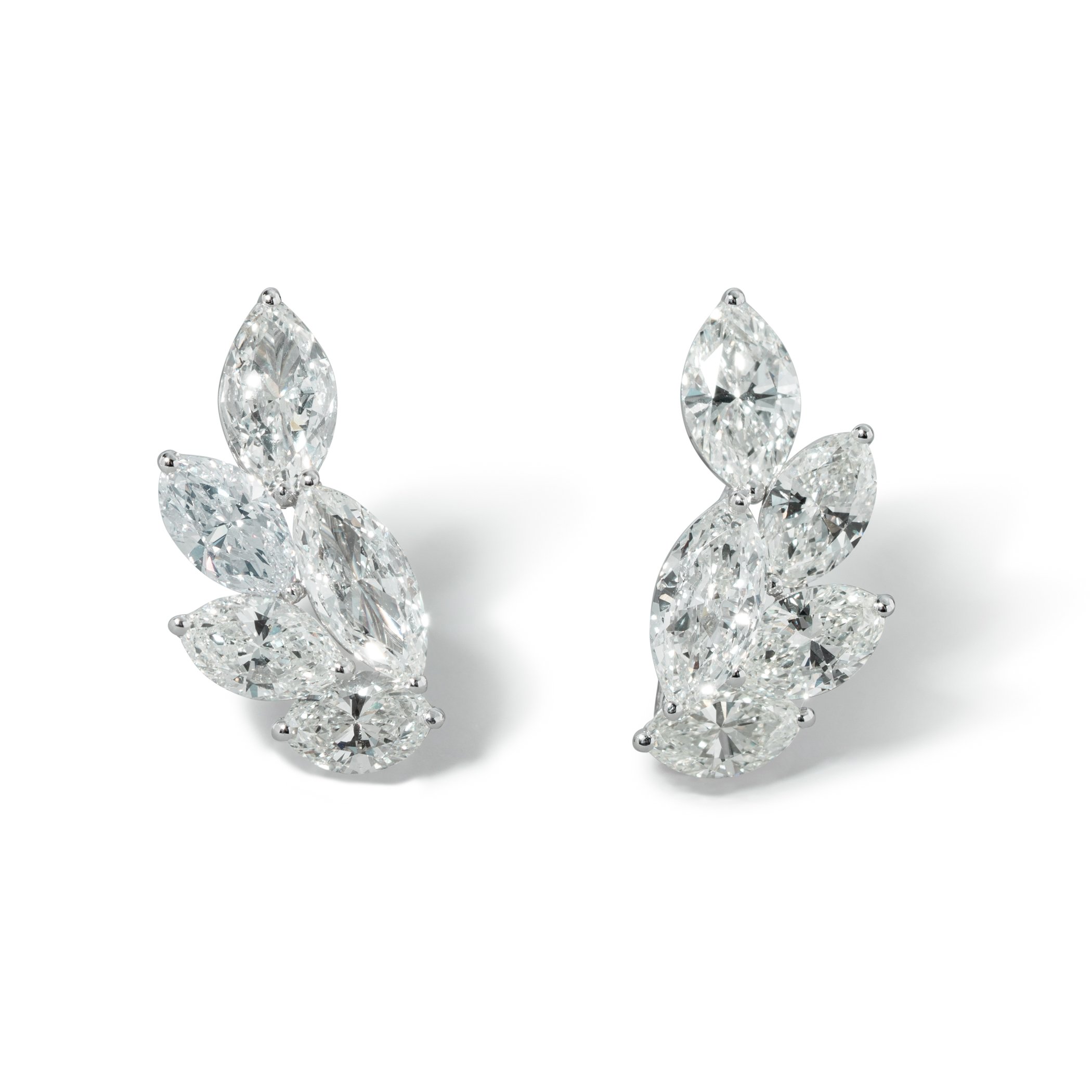
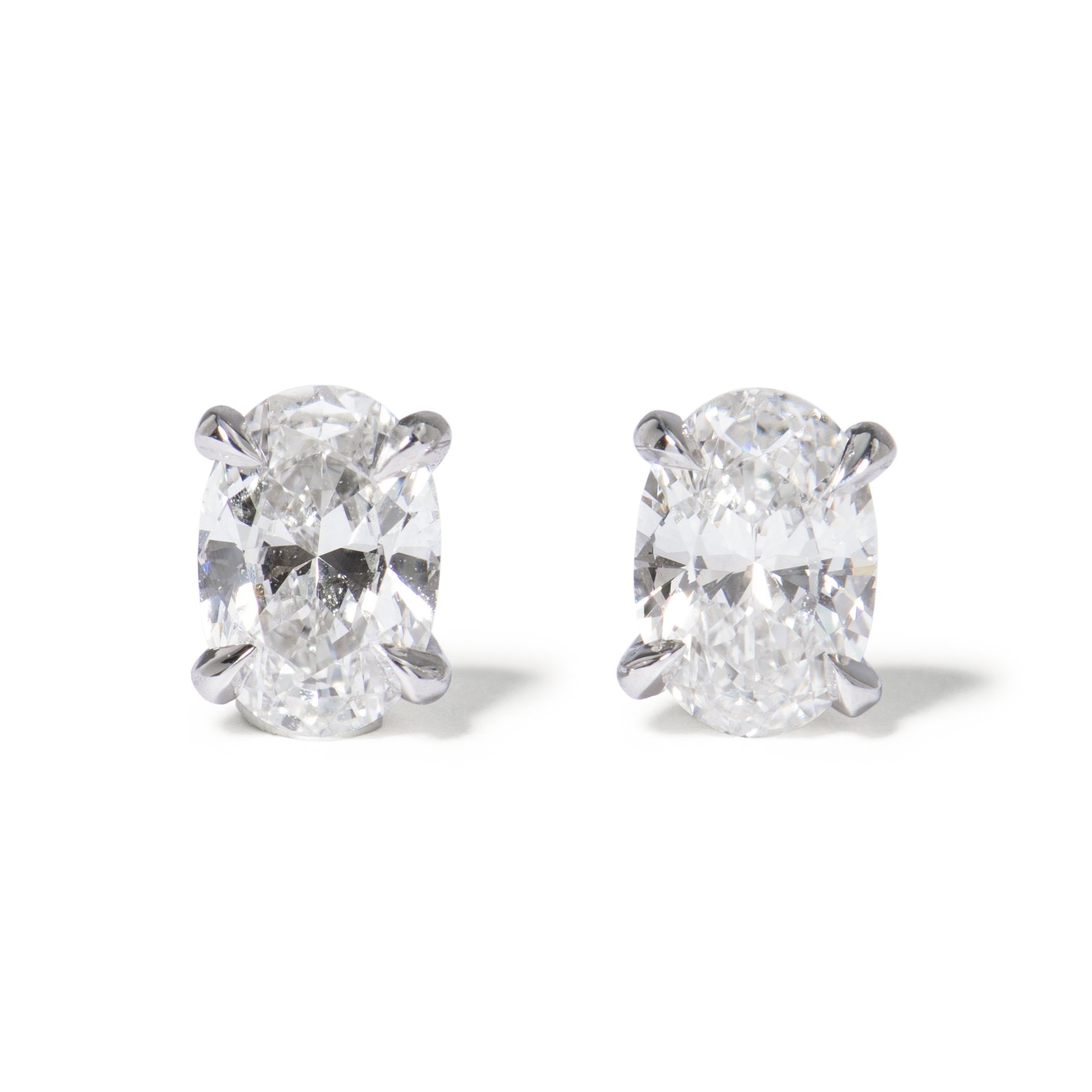
Unlock the Brilliance of Diamonds
Understanding the 4 Cs is your gateway to unlocking the brilliance of diamonds. Implementing this knowledge will allow you to confidently choose a diamond that reflects your unique style and preferences. Diamonds are not just precious stones — they are timeless symbols of love, elegance, and enduring value. At Windsor Jewelers, we cherish the history and significance of jewelry, and we're here to guide you on your journey to understanding the value of your collection before selling.
Looking to sell your diamond jewelry? Partner with Windsor Jewelers to get the highest value for your jewelry.






